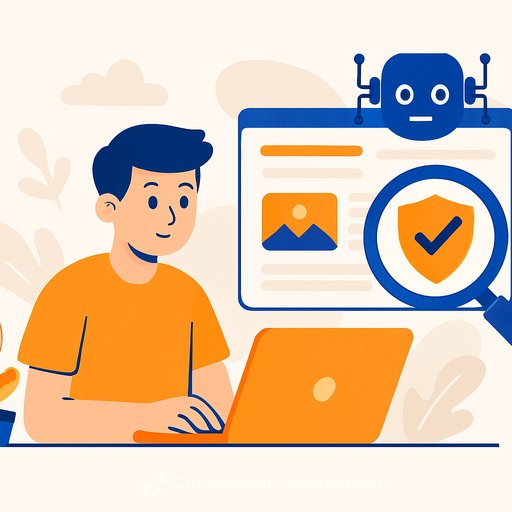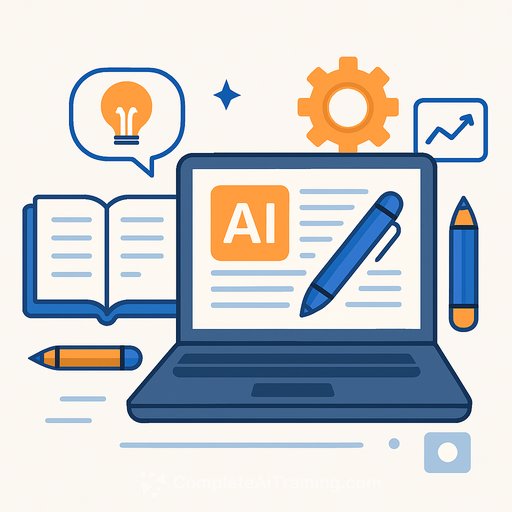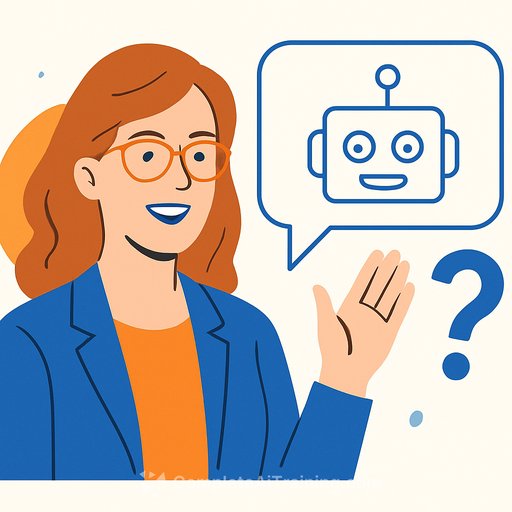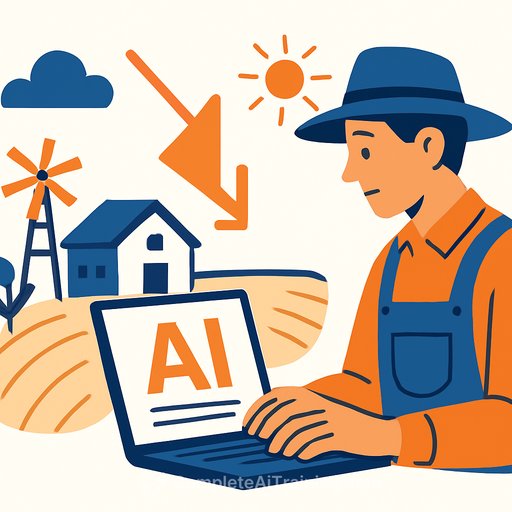Why AI Detection Tools Matter in a World Full of Content
Content is being created and shared at an unprecedented rate. With AI tools capable of generating essays, product reviews, social media posts, and even news stories, distinguishing between human and machine-written content is increasingly difficult. While AI boosts productivity and creativity, it also introduces challenges—chiefly, verifying the authenticity of what's written. This is where AI detection tools come into play.
A Growing Dependence on AI Writing Tools
AI writing models have advanced to the point where they can replicate tone, voice, and emotional nuances. Students use them for assignments, marketers rely on them for copy, and bloggers generate daily content with their help. These tools save time and sometimes improve quality, but their widespread use raises ethical questions.
In education, teachers face challenges distinguishing between original student work and AI-generated text. Journalism demands credibility, so reporters and editors worry about the origins of their content and whether it’s been properly fact-checked. Brands reconsider what authentic customer communication means in marketing.
The Role of an AI Detector
An AI detector analyzes text to determine if it was likely written by a human or generated by AI. It uses machine learning to evaluate patterns, structure, word choice, and sentence complexity to provide an informed guess. Beyond catching misuse, these tools help protect integrity.
Whether in newsrooms, classrooms, or offices, knowing where content comes from helps decision-makers assess credibility and context, leading to better-informed decisions.
Practical Use Cases for Writers
- Educators: Verify student submissions for originality.
- Employers: Assess if writing samples reflect genuine skills.
- Bloggers & Influencers: Ensure ghostwriters aren’t over-relying on AI shortcuts.
- News Consumers: Evaluate the trustworthiness of online articles amid misinformation.
AI detectors offer peace of mind and clarity about the content you engage with. They serve as a quick check in an environment where AI-generated media is common.
Balancing Innovation and Responsibility
Using AI tools isn’t wrong. Many writers use AI to brainstorm or overcome writer’s block. The key is transparency.
The goal isn’t to shame AI users but to promote honesty and accountability. Just as proper citations are expected in academic writing, acknowledging AI’s role in content creation should become standard. AI detection tools support this transparency without limiting creativity.
The Future of Digital Integrity
AI detection software will continue to improve and may integrate into common writing platforms and social media. This will foster trust, allowing users to engage confidently, knowing content is properly sourced.
Just as fact-checking became a routine part of consuming news, verifying authorship will become part of digital literacy. This shift isn’t about mistrust—it’s about maturing how we interact with technology.
For writers, educators, students, and anyone who reads online, recognizing AI-written content and knowing how to identify it is becoming essential. Tools like AI detectors don’t just catch mistakes—they help preserve what matters most: honest, human truth.
Your membership also unlocks:






